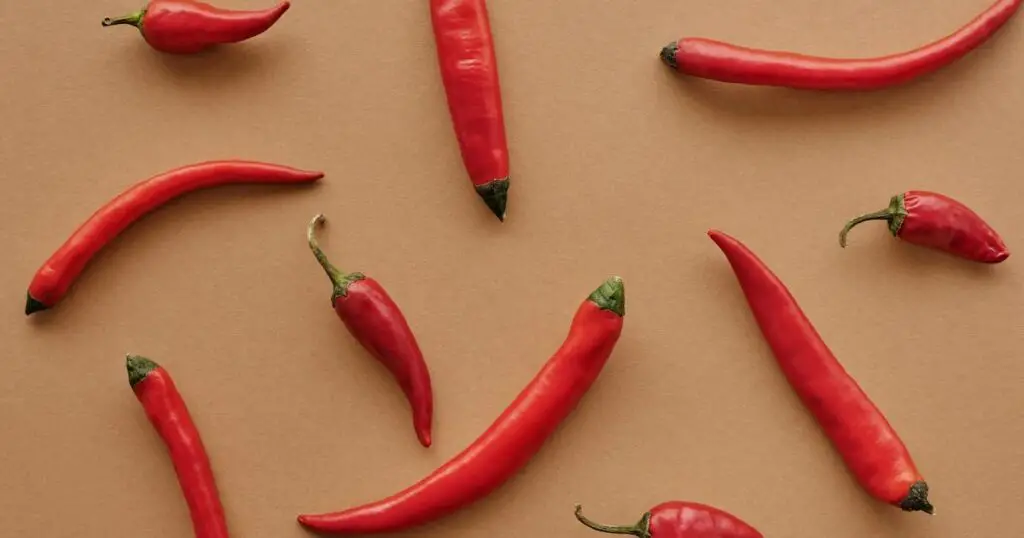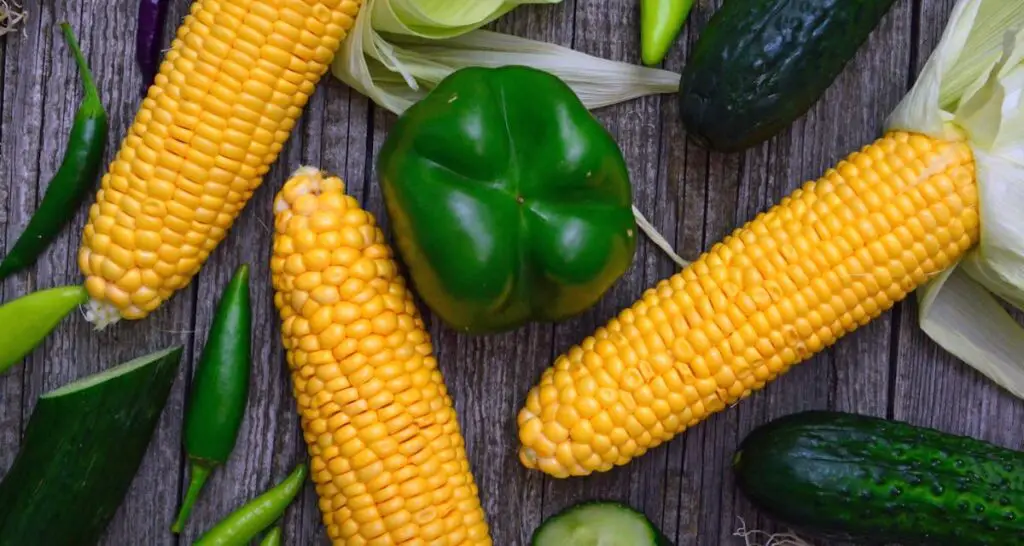I wash my hands with white vinegar after handling hot peppers to remove any residual oil. This precaution is essential because the oils from hot peppers can cling to your skin and cause a burning sensation if they come into contact with sensitive areas, such as your eyes or mouth.

By using white vinegar, I ensure that my hands are thoroughly cleaned and safe from the uncomfortable burn that hot pepper oils can cause. It’s a simple yet effective step to prevent any accidental discomfort.
Jalapenos: A Kitchen Staple
I always have jalapenos on hand. They are a staple in my refrigerator or canned in my pantry. I use them in egg dishes, salsas, pinto beans, enchiladas, hot sauce, and in cabbage slaw for topping on tacos and tostadas. Try adding some diced jalapeno peppers to your next dish.
I love to grill fresh jalapenos and add them as a side to my chicken or beef enchiladas—or even a steak dinner. They are great with anything. I also pickle jalapenos with onion and spices for a great sandwich accompaniment.
Serrano Peppers
Then we come to serrano peppers that offer a zestier taste than jalapenos, with an extra kick of heat. Serrano peppers are a popular variety of chili pepper that has a mild to medium heat level. Measuring between 10,000 and 23,000 SHU on the Scoville scale, they offer a great balance of flavor and spice for those looking to add some kick to their dishes.
The serrano is a popular choice for adding flavor and spice to dishes and is plentiful at most US supermarkets, especially in the southwest.
When eaten raw, serranos have an earthy flavor with hints of citrus and black pepper. By themselves, they will not overpower a dish. When cooked, they develop sweet notes with a bit more heat than when consumed raw.
I add serranos to all my dishes and often combine them with jalapenos, ghost peppers, and habanero peppers to add dimension and complexity to my southwestern dishes.
Enjoy serrano peppers in all sorts of local dishes, such as tacos al pastor or enchiladas verdes made with freshly harvested chilies from nearby farms.
For an authentic experience, why not sample the local fare featuring serrano peppers in Prescott? Trot off to the Farmer’s Market, and you’ll find them there.
Serrano peppers have a medium-high heat level and complement other varieties of peppers as well, such as red or green bell pepper, which have a SHU of zero on the Scoville scale.
Ghost Peppers: For the Brave
The ghost pepper, also known as Bhut Jolokia, is the spiciest on the Scoville scale, ranging from 800,000 to 1,001,300 SHUs. Originating from India, this fiery pepper is not for the faint of heart. If you are looking for a culinary challenge, trying a recipe with ghost peppers would be at the top of the list.
Make sure to handle them with care and consider adding dairy products to your dish to help balance the intense heat.
Poblano Peppers
Now let’s look at another favorite of mine, Poblano Peppers, which offer a milder yet still flavorful taste. Poblano peppers are a mild to medium-hot pepper variety that measures between 1,000 and 2,500 SHU on the Scoville scale. They have a deep green color with thick walls, making them perfect for roasting or stuffing.
Poblanos are common in Mexican dishes, such as chili rellenos and mole sauce. When dried, they become known as ancho chiles, often used to add smoky flavor to sauces and soups.
The poblano pepper has a unique taste which is comprised of sugary, earthen notes with a mild kick. Its gentle heat level also allows it to blend well into dishes without making them too spicy for those who don’t enjoy intense heat levels from their food.
When selecting poblano peppers at the grocery store, look for smooth skin free of blemishes or wrinkles since this indicates freshness. Avoid any peppers that feel soft or limp since these may not taste as good when cooked up later on down the line.

Poblano peppers are excellent to add to fresh salsa. I also roast them with jalapenos, serranos, habaneros, tomatoes, and garlic and blend them into a sauce for pork and beef roasts in the pressure cooker. The flavor of this combination of peppers for a sauce will knock your socks off.
Poblanos are excellent in tacos and enchiladas, providing some kick without being too spicy for kids.
FAQ: Discover the Wonderful World of Chili Peppers
How do I reduce the heat of a pepper in a recipe?
If you want to tone down the heat of peppers in a recipe, consider removing the seeds and inner membranes, as they contain the highest concentration of capsaicin, which is the compound responsible for the spiciness. Additionally, you can pair the peppers with dairy products like yogurt, sour cream, or cheese, as the fat content can help neutralize the heat.
What is the best way to store fresh chili peppers?
To keep your chili peppers fresh, store them in the refrigerator in a plastic bag or container. They should last for up to two weeks. For longer storage, consider freezing them. Simply chop the peppers, place them in an airtight container or freezer bag, and they will keep for several months.
Can I use dried peppers instead of fresh ones?
Absolutely! Dried peppers can be a wonderful substitute and can add a deeper, more concentrated flavor to your dishes. You can rehydrate them by soaking in hot water for about 20-30 minutes, or you can grind them into a powder to add directly to recipes.
How do I know the heat level of a chili pepper?
The heat level of chili peppers is measured on the Scoville Heat Scale, which ranges from 0 (bell peppers) to over 2,000,000 Scoville Heat Units (SHU) for some of the world’s hottest peppers. When buying peppers, check the SHU rating if available or do a little research to understand the heat level you can expect.
Conclusion
Chili peppers offer an array of flavors and heat to any culinary creation, ranging from the mild poblano to the blazingly hot habanero. There are many other chili pepper varieties other than what is described in this blog post. From mild to fiery, there is a chili pepper for every palate.
Be sure to know the heat level of each variety of chili pepper before adding them to your recipes so you don’t end up with a surprise. Have you made a recipe lately that includes spicy peppers? Let us know.



Leave a Comment
You must be logged in to post a comment.